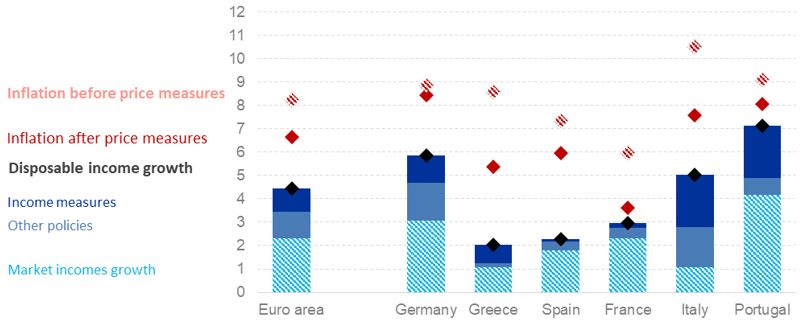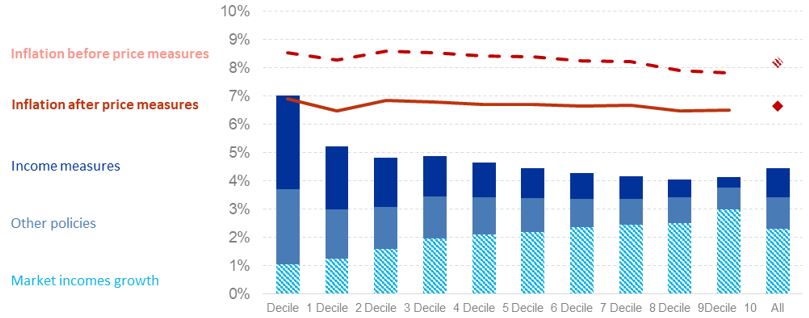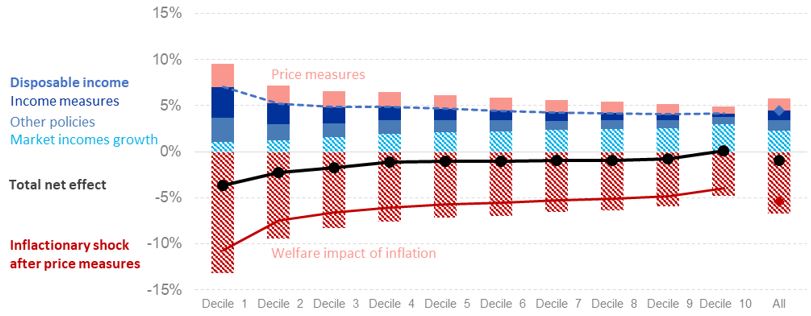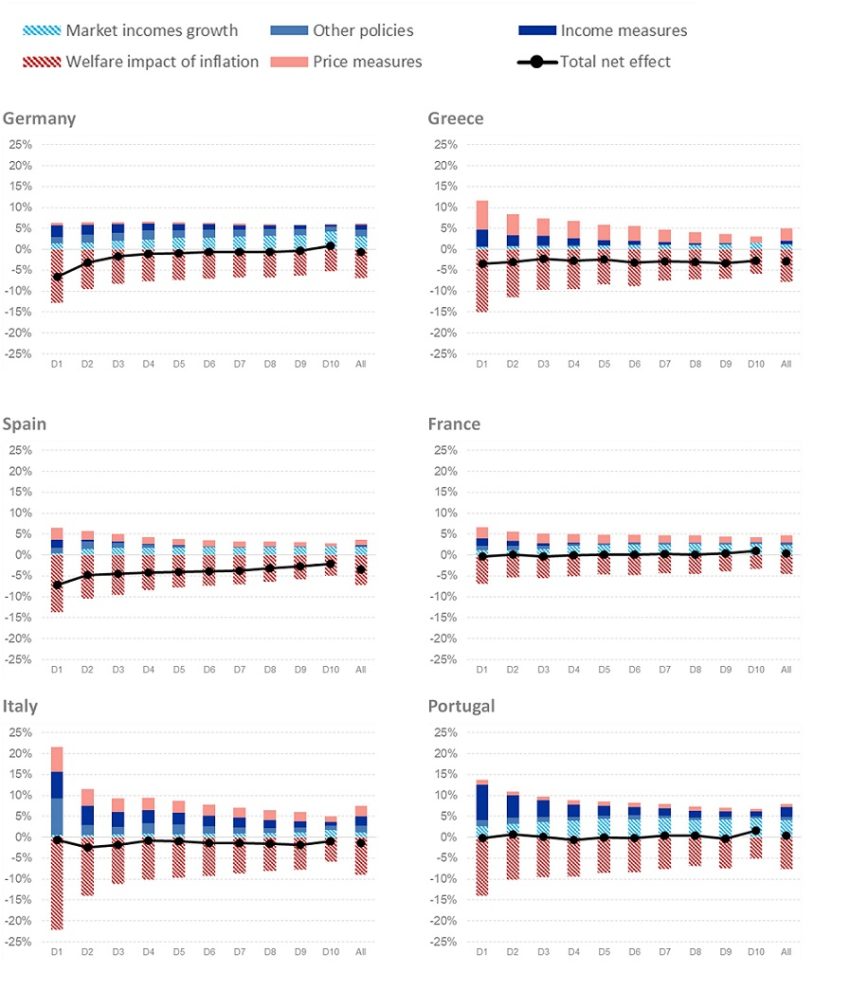Disclaimer: This policy brief should not be reported as representing the views of European Commission, the European Central Bank (ECB) or the Eurosystem. The views expressed are those of the authors. This policy brief is based on ECB OCCASIONAL PAPER No. 330.
Acknowledgments: We would like to thank the ESCB Working Group on Public Finance and its Chairperson, John Caruana, for comments and support. We are also deeply indebted to Salvador Barrios (European Commission, Joint Research Centre) for an extensive review of this work, his advice and guidance. Comments from Philipp Rother and Diego Rodriguez Palenzuela are also gratefully acknowledged. Special thanks go to Jan Kuckuck (Deutsche Bundesbank) and Niamh Dunne (Banque de France) for providing their expertise on the German and French fiscal measures, and to Silvia Navarro Berdeal (European Commission Joint Research Centre) for her help with the French updates of the EUROMOD tax and benefit systems for 2022.
References
Akoğuz, E.C., Capéau, B., Decoster, A., De Sadeleer, L., Güner, D., Manios, K., Paulus, A. & Vanheukelom, T. (2020). A new indirect tax tool for EUROMOD: Final Report. JRC Project no. JRC/SVQ/2018/B.2/0021/OC.
Bankowski, K., Bouabdallah, O, Checherita-Westphal, C., Freier, M., Jacquinot, P. and Muggenthaler, P. (2023a), “Fiscal policy and high inflation”, European Central Bank Economic Bulletin, Issue 2/2023.
Bańkowski, K., C. Checherita-Westphal, J. Jesionek and P. Muggenthaler (Eds.) (2023b), “The effects of high inflation on public finances in the euro area”, Occasional Paper Series, No 332, ECB.
Charalampakis, E., Fagandini, B., Henkel, F. and Osbat, C. (2022), “The impact of the recent rise in inflation on lower-income households”, European Central Bank Economic Bulletin, Issue 7/2022.
Sutherland, H. & Figari, F. (2013), EUROMOD: the European Union tax-benefit microsimulation model. International Journal of Microsimulation, 6(1), 4-26.



















